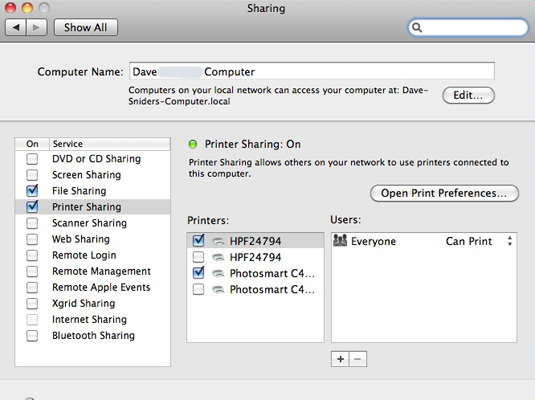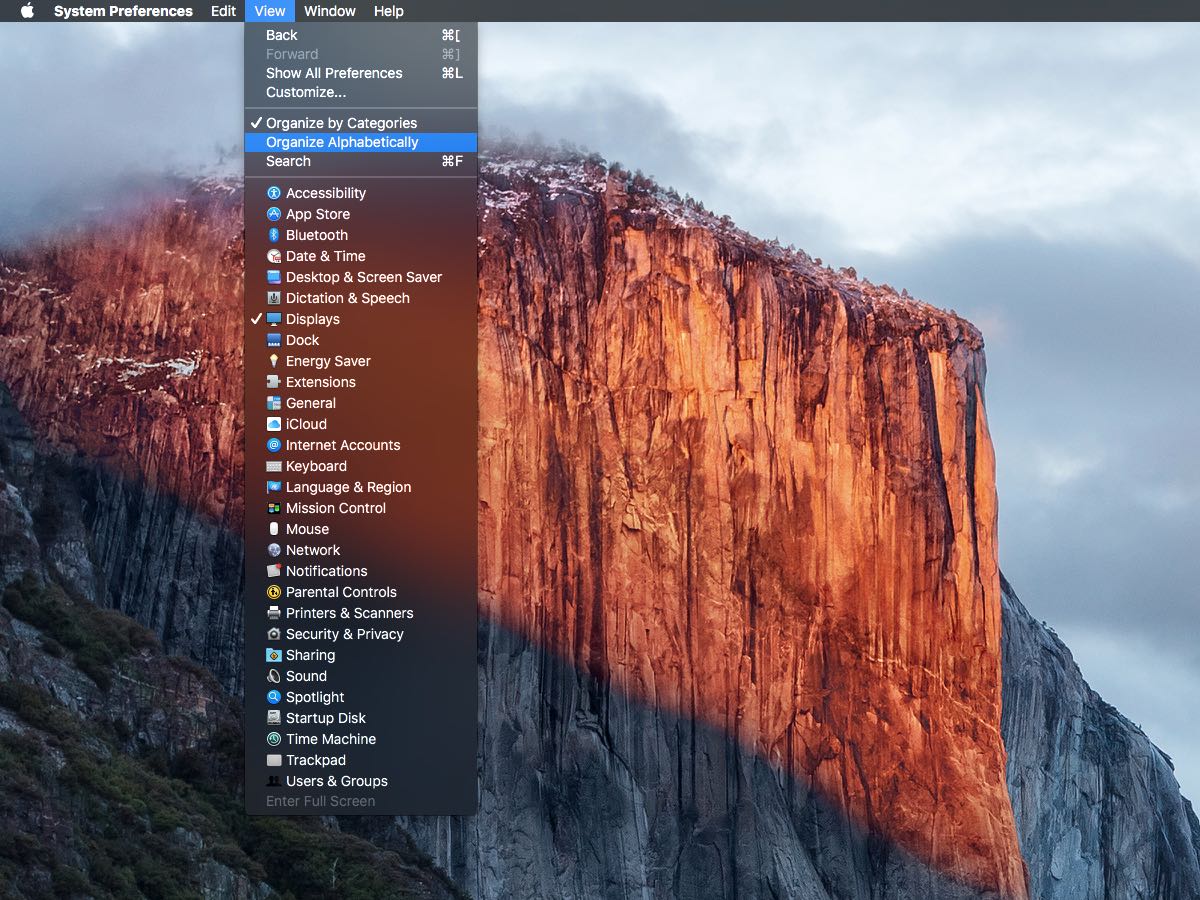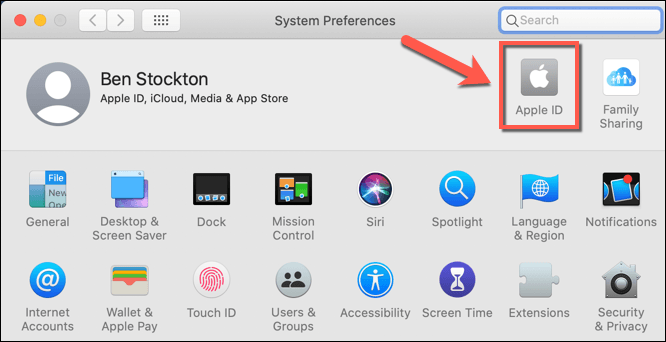

After the move is finished, double-click Photos Library in its new location to open it. 5) Close out the System Preferences window. If it's not selected, click to unlock it, enter an administrator name and password, then select the checkbox. With Night Shift for Mac, your computer changes the color temperature of the display towards the yellowish. If the information under Sharing & Permissions isn't visible, click, then make sure the 'Ignore ownership on this volume' checkbox is selected. If you see an error, select your external drive's icon in the Finder, then choose File > Get Info. Drag your library to its new location on the external drive. The default location is Users > Pictures, and it's named Photos Library. In another Finder window, find your library. In the Finder, go to the external drive where you want to store your library. Move your Photos library to an external storage device However, if you rarely use some of these. button, and then tap Switch Background.To prevent data loss, Apple doesn't recommend storing photo libraries on external storage devices like SD cards and USB flash drives, or drives that are shared on a network. The System Preferences application acts as a control panel for all of your Mac’s settings, and in that capacity, it includes dozens of sub-sections. Next, tap Options to set your preferred schedule for Dark Mode. To do this, go to Settings > Display & Brightness, and select Automatic. You can also set Dark Mode to turn on automatically at sunset, or at a specific time. At the bottom of the brightness control, tap Dark Mode to turn Dark Mode on or off. On iPhone X or later, pull down from the top-right corner of your iPhone (on older iPhones, swipe up from the bottom edge of the screen), and then press and hold the brightness control. You can use your iPhone’s Control Center to quickly turn Dark Mode on or off at any time. (The Auto setting requires macOS Catalina (Version 10.15) or later.) If your Mac’s appearance is configured for Auto, OneNote will appear light during the day, and dark during the night. OneNote will return to matching your Mac’s current appearance setting-Light, Dark, or Auto. To turn Dark Mode back on, clear the Turn off Dark Mode checkbox. #MAC SYSTEM PREFERENCES WINDOW TURNING BROWN MAC#
OneNote will return to its default light appearance, even if your Mac is still configured for Dark Mode. To turn Dark Mode off, select the Turn off Dark Mode checkbox. Under Personalize, do either the following:

In the OneNote Preferences dialog box, click General. On the menu bar, click OneNote > Preferences. Click the Options button next to the box. Tick the box that says 'Enable Mouse Keys'. To opt out of Dark Mode in OneNote for Mac, do the following: Scroll down in the box on the left and click the Mouse and Trackpad section. If you want to switch the page canvas back from light to dark, repeat Step 2 above. The OneNote interface remains in Dark Mode, but the background of the page canvas is lightened. Make sure OneNote is configured for Dark Mode. The next dialog box lets you turn Siri on or off and enable or disable the menu bar icon (if you dont want Siri in the menu bar, you can still access it from the dock or with a keyboard shortcut). While OneNote is in Dark Mode, you can choose to switch the background of the page canvas from dark to light at any time. If you cant see its icon in the menu bar, head to System Preferences from the Apple menu, then click Siri.

With this setting active, OneNote will automatically switch between Light Mode and Dark Mode, depending on the time of day. In the System Preferences dialog box, click General > Appearance > Auto. Note: If your Mac is running macOS Catalina (Version 10.15) or later, you can also configure your Mac to automatically use Light Mode during the day, and Dark Mode at night.






 0 kommentar(er)
0 kommentar(er)
